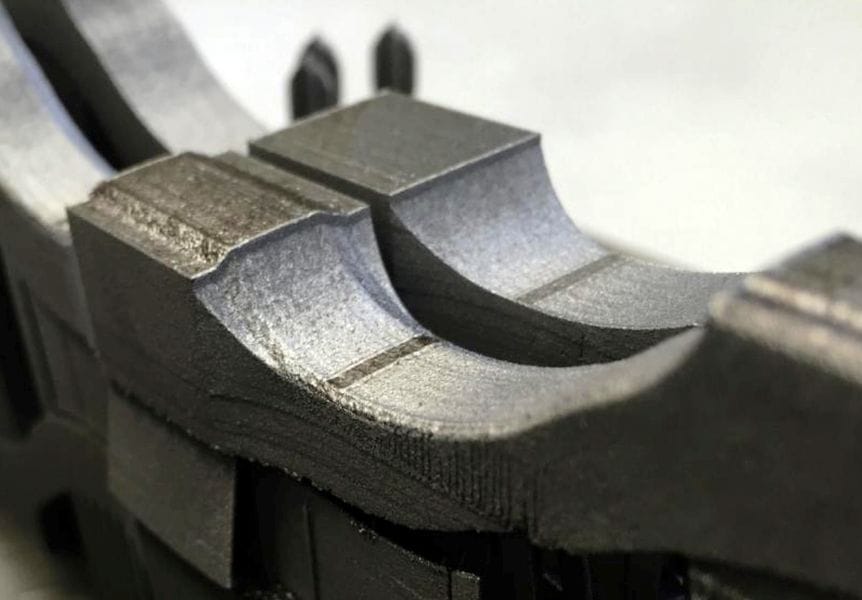
This week’s selection is the deep “Thermo-Mechanical Modeling of Additive Manufacturing” by Michael Gouge and Pan Michaleris.
This book is about heat, and how it affects 3D prints.
Heat is a necessary evil in most 3D printing processes, as that energy is used to transform the thermoplastic or metal raw material into a form that binds, creating a way for solid objects to be printed.
However, heat also is a curse, as most materials expand when heated. In some metal 3D printing processes the amount of heat required is extraordinary, creating all manner of issues that must be dealt with by the 3D printer operator.
The book’s editors explain:
Additive manufacturing processes are revolutionizing production throughout industry. These technologies enable the cost-effective manufacture of small lot parts, rapid repair of damaged components and construction of previously impossible-to-produce geometries. However, the large thermal gradients inherent in these processes incur large residual stresses and mechanical distortion, which can push the finished component out of engineering tolerance. Costly trial-and-error methods are commonly used for failure mitigation.
This is so true. While most thermoplastic 3D printer operators can set up a print job rather quickly and in some cases in no time at all, this is definitely not the case for 3D metal prints.
The extreme heat of metal 3D printing creates massive heat gradients that travel through the structure of the print. The heat passes through the support structures, and all this varies as the geometry changes during printing.
It’s a highly complex problem.
You’ll often see a competent engineer puzzling over the best way to achieve optimum print results through combinations of orientation, additional support structures, print speeds and laser energies. This costly process might have to be repeated several times to determine the best print configuration.
And that can be incredibly expensive for 3D metal printing, where the materials and print time are quite costly. Even worse, many of the parts being produced currently on 3D metal printers must meet stringent certification and tolerance standards, so there is little room for error.
In this 250 page book the editors first provide an explanation of the 3D printing processes typically used, with a strong focus on the thermal effects that can be expected.
Once that’s understood, they go deep on the issues and solutions, including:
- Convection boundary losses during laser cladding
- Conduction losses due to part fixturing during laser cladding
- Microstructure and mechanical properties of AM builds
- Understanding microstructure evolution during additive manufacturing of metallic alloys using phase-field modeling
- Modeling microstructure of AM processes using the FE method
- Thermo-mechanical modeling of thin wall builds using powder fed directed energy deposition
- Residual stress and distortion modeling of electron beam direct manufacturing
- Thermo-mechanical modeling of large electron beam builds
- Mitigation of distortion in large additive manufacturing parts
- Development and numerical verification of a dynamic adaptive mesh coarsening strategy for simulating laser powder bed fusion processes
- Thermomechanical model development and in-situ experimental validation of the laser powder-bed fusion process
- Study of the evolution of distortion during the powder bed fusion build process using a combined experimental and modeling approach
As you can tell, there is a lot here, with two different strategies explained in detail.
If you’re considering 3D metal printing, this book offers some actionable advice for improving print success rates.
Via Amazon

